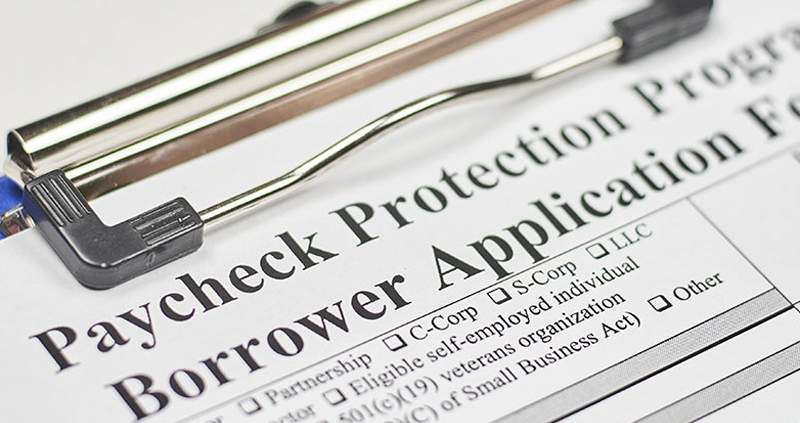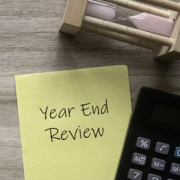PPP2: Good Stuff to Know
Here are answers to the big questions about the second round of the Paycheck Protection Program (PPP) for small businesses.
This blog was originally published by NexTier Solutions, which supports small businesses through fractional CFOs, controller services and guidance on navigating a range of challenges including the second round of the Paycheck Protection Program (PPP2).
What Are the Qualifications for PPP2?
You may be wondering about PPP2. How can your business qualify? Do you need to have PPP1 (the first round of loans in 2020) forgiven before you can get PPP2? Confused?
The target of PPP2 is small businesses with 300 employees or fewer and a few categories of businesses that may have been left out of PPP1.
PPP2 Requirements (If You Received PPP1)
- You must have experienced a 25% reduction in gross revenue between comparable quarters in 2019 and 2020. (Annual amounts can also be used.)
- PPP1 funds must have been fully used on eligible expenses.
- The federal government does not require you to have forgiveness for PPP1 to get PPP2.
PPP2 Loan Amount
The good news is the amount of the PPP2 loan is based on a similar average monthly payroll cost calculation you did for the first loan.
- You can pick the payroll period based on 2019, 2020 or the 12-month period prior to when the loan is made.
- If the business didn’t exist for a full year prior to February 15, 2020, you can use an average monthly payroll cost.
- If you’re self-employed, you’ll need to use your Schedule C from your tax return to determine the amount.
If you think you may qualify, now what? A great place to go is back to the lender who helped you with PPP1. You have an existing relationship with them, and they can guide you through any lender-specific requirements.
Lenders can put their own requirements on the PPP2 application process. For instance, they may require you to apply for forgiveness of PPP1 or submit documentation before you can apply for PPP2.
PPP1 Forgiveness
If you haven’t already applied for forgiveness, now is a great time to do it. There’s a simplified, one-page forgiveness application (Form 3508S) for loan amounts under $150,000. You’ll need to provide the following:
- PPP1 loan amount and loan number, including both the Small Business Administration (SBA) and lender loan numbers
- Number of employees retained and an estimate of the amount spent on payroll
- Attestation of compliance with PPP1 requirements
Remember to keep your documentation! You’ll need to retain records for at least three years and be ready should your lender or even the SBA request any further information. If you can’t provide it, it doesn’t exist. Your loan forgiveness won’t either.
PPP loans are a great resource to help your business through these difficult times. There are lots of details and requirements around these loans. Look to your trusted accounting advisors to help you get ready for, apply for and manage the forgiveness process. We can help you maximize your opportunities.
Candi Hughes is Co-Founder and a Principal of NexTier Solutions, an outsourced CFO consulting firm providing accounting, operations, human resources, and strategic solutions for small- to mid-sized businesses. She has over 20 years of professional experience including 10+ years as a controller and director of operations.












Leave a Reply
Want to join the discussion?Feel free to contribute!